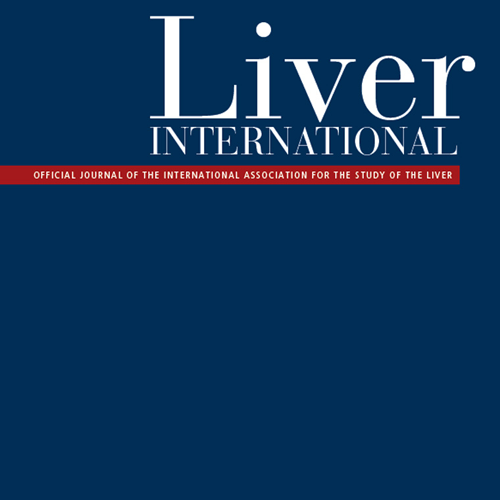Summary
Background
The hepatitis C pandemic has been systematically studied and characterized in North America and Europe, but this important public health problem has not received equivalent attention in other regions.
Aim
The objective of this systematic review was to characterize hepatitis C virus (HCV) epidemiology in selected countries of Asia, Australia and Egypt, i.e. in a geographical area inhabited by over 40% of the global population. Methodology: Data references were identified through indexed journals and non-indexed sources. In this work, 7770 articles were reviewed and 690 were selected based on their relevance.
Results
We estimated that 49.3–64.0 million adults in Asia, Australia and Egypt are anti-HCV positive. China alone has more HCV infections than all of Europe or the Americas. While most countries had prevalence rates from 1 to 2% we documented several with relatively high prevalence rates, including Egypt (15%), Pakistan (4.7%) and Taiwan (4.4%). Nosocomial infection, blood transfusion (before screening) and injection drug use were identified as common risk factors in the region. Genotype 1 was common in Australia, China, Taiwan and other countries in North Asia, while genotype 6 was found in Vietnam and other Southeast Asian countries. In India and Pakistan genotype 3 was predominant, while genotype 4 was found in Middle Eastern countries such as Egypt, Saudi Arabia and Syria.
Conclusion
We recommend implementation of surveillance systems to guide effective public health policy that may lead to the eventual curtailment of the spread of this pandemic infection.
Countries: Australia, China, Egypt, India, Japan, Korea, Pakistan, Saudi Arabia, Syria, Taiwan, Thailand, Vietnam

